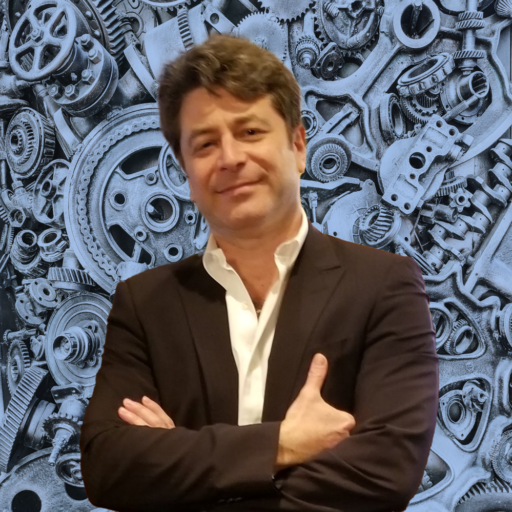Navigating Chaos: New Systems Engineering in Vehicle Occupant Sensing

Synergy between Systems Engineering and Chaos Theory
In the realm of vehicle occupant sensing, the marriage of systems engineering and the theory of chaos presents an intriguing juxtaposition. The systematic approach of systems engineering, with its top-down distribution of requirements, encounters the inherent randomness of chaos theory. In this article, we will delve into the fundamentals of these two methodologies, exploring how they converge and diverge in the context of vehicle occupant sensing systems.
Fundamentals of Systems Engineering vs. Chaos Theory:
Systems engineering is rooted in a structured and systematic approach to design and development. It emphasizes a top-down distribution of requirements, where the overarching goals are broken down into manageable components, ensuring a holistic and integrated solution. On the other hand, chaos theory deals with complex systems that exhibit unpredictable behavior, emphasizing the sensitivity to initial conditions. The randomness inherent in chaos theory challenges the structured approach of systems engineering.
Referencing the Systems Engineering Method: https://georgedallen.com/unraveling-the-uniqueness-of-systems-engineering-in-the-automotive-realm/
Referencing Chaos Theory: https://en.wikipedia.org/wiki/Chaos_theory
Top-Down Distribution of Requirements:
The top-down distribution of requirements in systems engineering plays a crucial role in vehicle occupant sensing systems. By breaking down the overall objectives into subsystems, each with its set of requirements, engineers can manage complexity and ensure a clear understanding of the system’s intricacies. This structured approach aids in the systematic development of occupant sensing technologies, allowing for efficient problem-solving and optimization.
Practical Applications and Benefits:
The synergy between systems engineering and chaos theory has practical applications in various sectors, particularly in the automotive industry. Occupant sensing systems benefit from the structured development approach, ensuring that safety requirements are met while accounting for the unpredictable nature of real-world scenarios. For instance, in autonomous vehicles, the fusion of structured requirements with chaos theory enables adaptive responses to unforeseen events, enhancing overall safety.
Real-World Examples and Case Studies:
To illustrate the impact of this synergy, consider the development of advanced driver assistance systems (ADAS). Systems engineering ensures that the requirements for features like lane-keeping assist and collision avoidance are well-defined. Simultaneously, chaos theory accounts for the unpredictable nature of traffic conditions and diverse driving scenarios. Case studies of successful implementations in vehicles can highlight how this balance leads to robust and adaptive occupant sensing technologies.
Potential Challenges:
While the marriage of systems engineering and chaos theory brings numerous benefits, it also poses challenges. Balancing the need for structure with the inherent randomness of chaos can be intricate. Striking the right equilibrium requires a deep understanding of both methodologies, emphasizing the importance of interdisciplinary collaboration in the development process.
Conclusion
Systems engineering has emerged as a systematic holistic approach within the automotive domain. It is capable of simplifying the complexity of the requirements related to the particular function, and comprehensive problem-solving for the integration of it into the vehicle assembly. By focusing on the entire system rather than individual components, systems engineering normalizes the development projects with verifiable results.
This article aims to showcase how the structured approach of systems engineering and the randomness of chaos theory can coalesce to create robust and adaptive occupant sensing technologies, ultimately enhancing safety in the dynamic world of automotive engineering.
About George D. Allen Consulting:
George D. Allen Consulting is a pioneering force in driving engineering excellence and innovation within the automotive industry. Led by George D. Allen, a seasoned engineering specialist with an illustrious background in occupant safety and systems development, the company is committed to revolutionizing engineering practices for businesses on the cusp of automotive technology. With a proven track record, tailored solutions, and an unwavering commitment to staying ahead of industry trends, George D. Allen Consulting partners with organizations to create a safer, smarter, and more innovative future. For more information, visit www.GeorgeDAllen.com.
Contact:
Website: www.GeorgeDAllen.com
Email: inquiry@GeorgeDAllen.com
Phone: 248-509-4188
Unlock your engineering potential today. Connect with us for a consultation.

